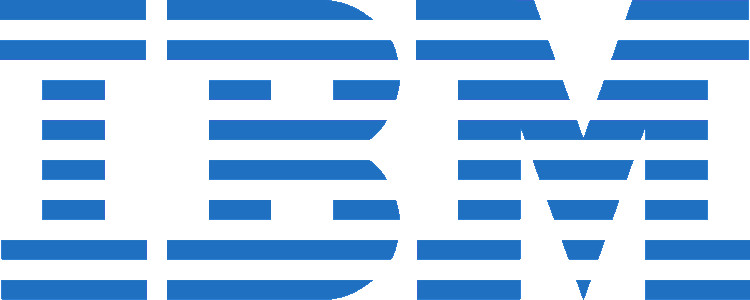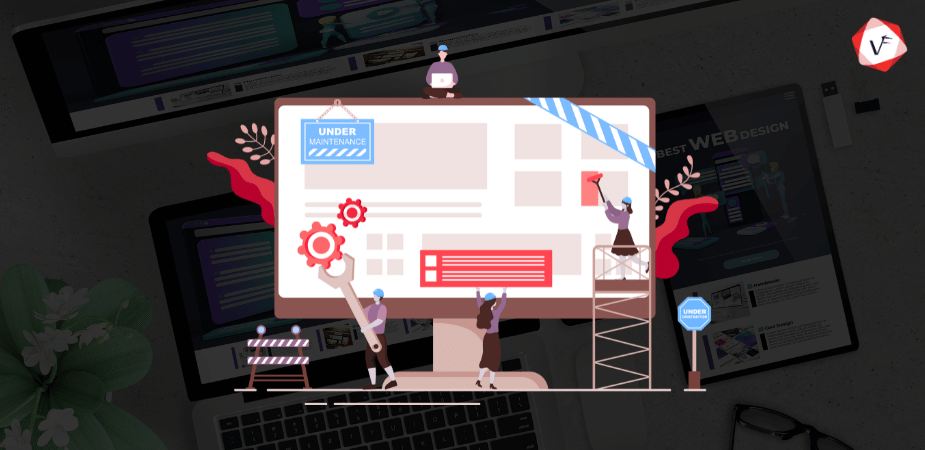Over the years, IBM has renamed the server and operating system numerous times, these changes were made specifically to accommodate changing business demands of clients and to give attention to new technologies. The AS/400 has deep roots that began in 1988. AS/400 was introduced along with OS400, which allowed for the migration of System34 and System36 programs to AS/400. AS stands for “application system” and is referred to as such since it is built on applications rather than processors. RPG was the first language this system accepted, and as the technology advanced, more versions of RPG emerged. It is now available in a number of formats, including RPG IV, OVM, and ILE.
IBM System/3
The IBM System/3 was a low-end business computer released in 1969 and retired in 1985. It was designed for new clients and businesses that continued to operate IBM i 400 series computers or unit record equipment. It was the first product in what IBM calls their “mid-range” line and it was effectively equipped for small business applications because it featured the RPG II programming language. It included a new, smaller, 96-character punched card format. The new cards contained tiny (1 mm), circular holes rather than the traditional IBM card’s rectangular punches, which were more similar to paper tape.
IBM System/32
A midrange computer with an integrated display screen, disc drives, printer, and database report software was the IBM System/32 (IBM 5320), which was released in January 1975. The IBM System/32 quickly gained popularity and was the company’s most affordable offering at the time. Small and medium-sized firms preferred to use it for accounting applications. The main language for the machine was RPG II. It was a single-user computer for business purposes that cost less than the System/3 Model 6. The System/32 had a matching instruction set to the System/3 models from an application perspective, and its system software (SCP) was nearly identical to that of the System/3 Model 6. The System/32 was extremely popular due to its focus on small businesses and lower price; according to the IBM link, it was the model of IBM computer with the most installations throughout the 1970s.
IBM System/34
In 1977, IBM launched the System/34 which was taken off the market in February 1984. It supported multiple users and multiple tasks. One of the most notable features was the inclusion of two quite different processors, one based on System/32 and the other on the earlier System/3. The System/34 was also written in the RPG II programming language mostly. One of the machine’s unique features was an offline storage system that made use of “magazines,” which were boxes of 8-inch floppies that the device could load and discard in random order.
IBM System/38
The IBM System/38, a successor to the IBM System/3, was presented by the firm in 1978. As a midrange computer for general office and departmental use, IBM developed System/38. The server runs an object-based operating system, which served as the basis for the modern IBM i. The way of work management to handle tasks on the AS/400 emerged from this. Additionally, System/38 included a relational database that is now known as Db2. Numerous functions often associated with large computers were able to be incorporated into a refined version with its hardware and programming advancements. Single-level storage, object-oriented addressing, and a high-level machine interface to the operator were a few of the advanced functionality it included.
IBM System/36
In 1983, IBM launched the System/36, a low-cost, user-friendly computer for both beginner and experienced users that combines data processing, business color graphics, office administration applications, etc. System/36 is a midrange computer that IBM presents as a platform for small and medium businesses. This server used a flat file system and RPGII as its primary programming language. In order to satisfy a variety of users, the System/36 was created with extraordinary configuration versatility.
IBM AS/400
The IBM AS/400 midrange computer series had essentially replaced the System/36 by 1994, and the company was urging clients to turn in their System/36s and System/38s in exchange for credit toward the purchase of an AS/400 9404 Model 135 or Model 140. The AS/400 soon moved to the top of the list of the most widely used commercial computing platforms. IBM had supplied almost 500,000 AS/400s by 1997. With its virtual machine and single-level storage principles, the platform establishes itself as a cutting-edge business computer. It also keeps the object-based operating system, now known as OS/400.
IBM ISeries
In order to handle the increasing demands of e-business, IBM offered a new generation of servers. The AS/400 is then known as the eServer iSeries. In order to handle the increasing demands of e-business, IBM released a new range of servers in 2006. The eServer iSeries is the new name for the AS/400. RPG was used in the establishment of classic AS/400 applications, but the iSeries system also runs Java and Web applications in addition to RPG applications.
IBM System I
Without affecting the current app infrastructure, IBM iSeries Cobol changed the term iSeries to System I in 2006. The name change was made to set the iSeries apart from the System p platforms, which run AIX and Linux. For small and medium businesses, System i5 is regarded as a worthy substitute for Windows-based server architecture. The operating system name of System i is shortened from i5/OS to i5.
IBM Power System
System i and System p platforms are combined by IBM to build the Power Systems server in 2008. It features a built-in database, a menu-driven user interface, multi-user and dumb terminal support, printers, security, and communications. The servers deliver outstanding performance boosted by industry-leading efficiency and security with their exceptional core performance and storage capacity.
Final Thoughts
Every two to three years, IBM introduces a new operating structure. Although it is simple to use for end users, the internal architecture of IBM I is complicated. Hardware, software, security, a database, and other elements are all incorporated into it. Knowing that AS400 systems can now support more than one instance of IBMi, they can also support multiple instances of AIX, Linux, Lotus Domino, Microsoft Windows 2000, and Windows Server 2003. The IBM Power System, formerly known as the AS/400, is remarkably distinctive, highly versatile, and capable of quickly incorporating new technology.





